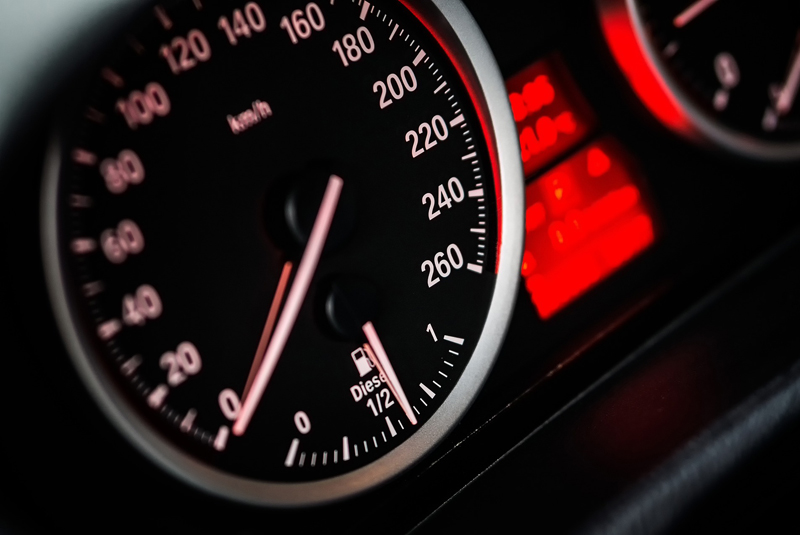
Charles Stubbings, Account Manager at Moneybarn, looks at some of the things you need to know.
These days, many vehicles are registered as vans, so it can be difficult to figure out how much tax you should pay.
To help you understand exactly what tax you’re expected to pay, Moneybarn has put together a tax guide for LCV users.
Van criteria
Before you get into calculating your van tax bill, you need to know the definition of a van by law.
Although it may seem obvious, HMRC uses the below criteria to classify vans and Light Commercial Vehicles (LCVs):
*A vehicle primarily constructed for the conveyance of goods
*A gross vehicle weight – fully laden – not exceeding 3,500 kg
If you’re still unsure if your vehicle is classed as a van, you can also check your logbook for the European classification.
Vehicle Excise Duty
Road tax – officially known as Vehicle Excise Duty (VED) – is the fee you pay to legally drive your van on public roads.
The amount of road tax you pay for an LCV, like a van or pickup, is charged at a flat rate and varies only by the vehicle’s age.
The 2019/2020 road tax rate for petrol and diesel vans is £260 for 12 months and applies to all vans built after 1st March 2001.
However, there are different rates for vans that fall into other specifications, so check the gov.uk website to see how much road tax you should be paying for your LCV.
Private use
If you use the van supplied to you by your employer solely for work purposes, including commuting directly to and from work and picking up other employees on the way, you don’t have to pay a Benefit-in-Kind (BiK) tax.
That said, you can stop en route to work to pick up a newspaper or take a one-off trip to the dentist while using the van and still not have to pay any BiK tax. This is classed as ‘insignificant’ private use.
However, HMRC classifies regular shopping trips, school runs or taking the van out in the evening as significant private use, so you’ll be expected to notify the taxman and pay BiK tax.
Benefit-in-Kind (BiK)
BiK tax is paid against any perks an employee receives from an employer. So, in this case, BiK will typically be paid when an employee uses a work van to take private journeys.
When the employee makes a payment for private use, the amount they’re charged is their rate of tax, multiplied by the benefit for the current tax year set by HMRC.
For instance, in the current tax year, the HMRC has set the benefit at £3430, so a 20% tax-payer will pay £3430 times 20% – which gives an annual figure of £686 or £57.16 per month. Those in the 40% tax bracket will pay double (£1,372).
Some drivers may even benefit from a fixed BiK rate for any private mileage fuel used. This is currently set at £655 and again, you simply multiply it by your tax rate to find the amount due to HMRC, regardless of how much fuel your company supplies.
Zero emissions
It comes as no surprise tax is cheaper on electric vans compared to petrol or diesel. Annual road tax (VED) is currently zero for zero-emission vehicles and the Van Fuel Benefit Charge on vans is also zero (£0) as electricity is not classed as a fuel.
Benefit-in-Kind rates on electric vans are also cheaper. There’s currently 60% off the regular BiK rate for conventional vans.
The current BiK rate for vehicles with zero-emissions is £2058 (60% of £3430). Therefore, an employee on a 20% tax rate driving a zero emissions van would pay an annual BiK tax of £411.60 if they use the van for private journeys.
It’s important to remember that only company owned vans used to run private errands, in addition to work purposes, need to pay BiK tax to the HMRC. All vans used solely for business are not subject to the charge.
However, the rules are slightly different if you’re a sole trader because there’s no concept of a ‘company vehicle’ for you as you will always own the vehicle.













